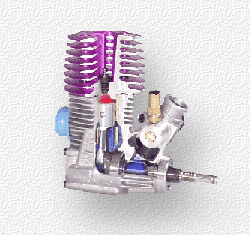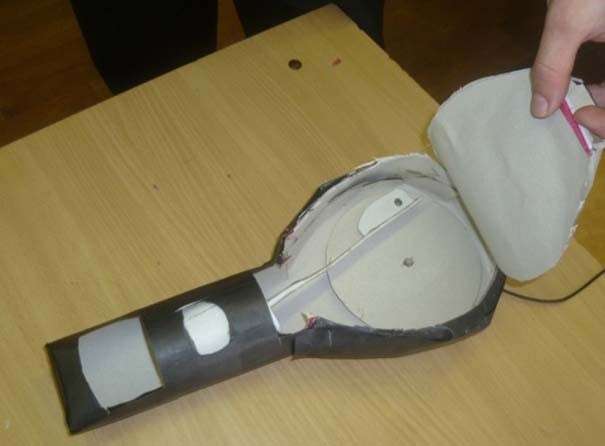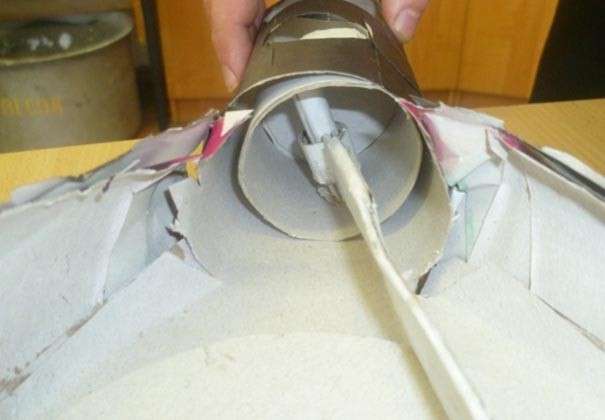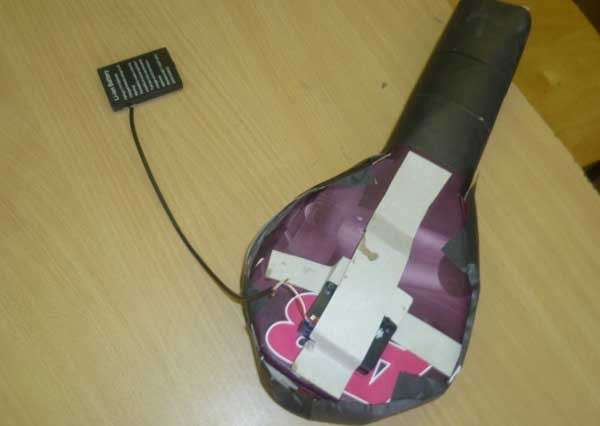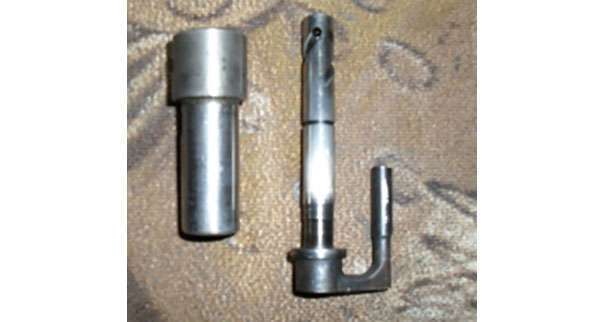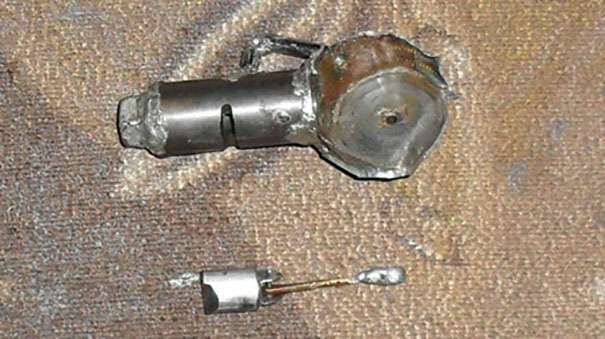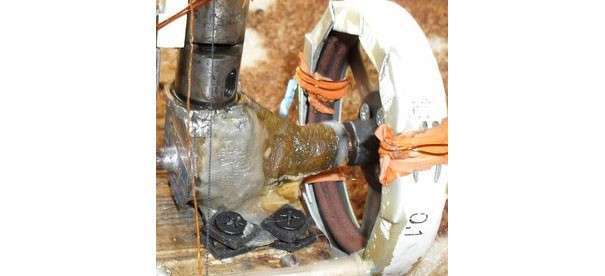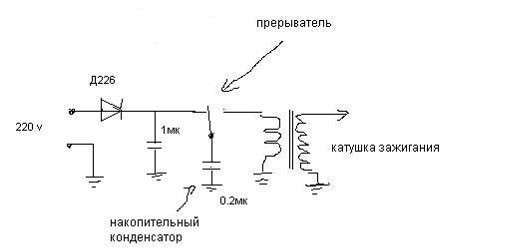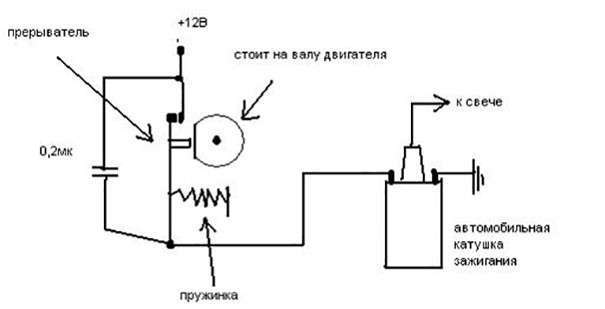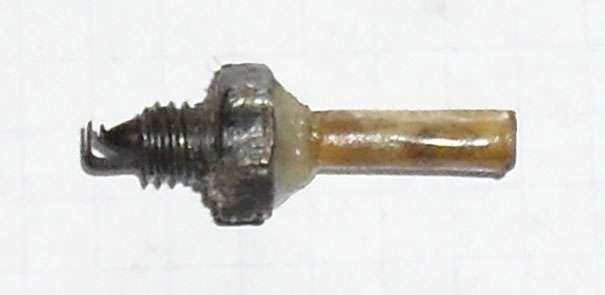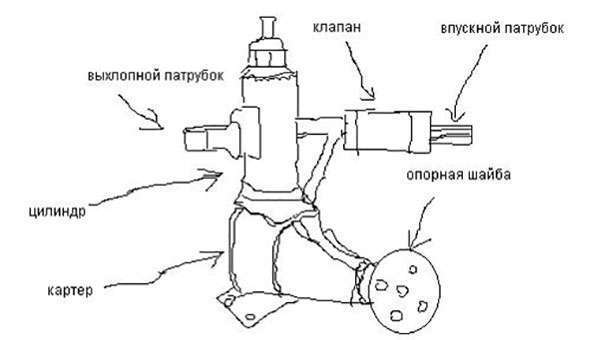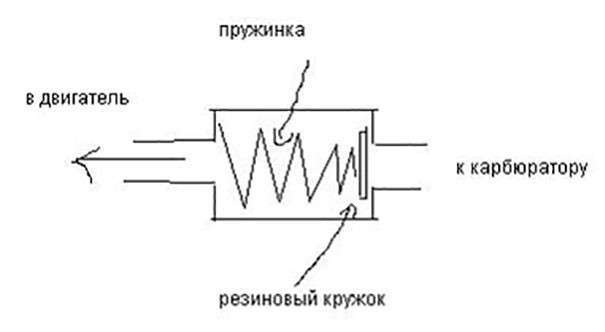How to make the simplest internal combustion engine with your own hands?
In ancient times, people used animals to power simple mechanisms. Later, wind power began to be used to sail on sailing ships and to make windmills turn, making flour from grain. Then people learned to use the force of the flow of river water in order to make the water wheels rotate, pumping and lifting water or setting in motion various mechanisms.
Heat engines appeared in the distant past, including the Stirling engine. Today, technology has become much more sophisticated. So, for example, humanity invented the internal combustion engine, which is a rather complex mechanism. On the basis of the internal combustion engine, most modern cars and other equipment necessary for humans currently operate. The function that thermal expansion performs inside an internal combustion engine is very complex, but without it, the operation of an internal combustion engine is impossible.
In a mechanical device called an internal combustion engine, the energy of the burning fuel is converted into mechanical energy. In order to make an internal combustion engine with your own hands, you need to know the basic principles of its operation.
The principle of operation of the internal combustion engine
To date, there are different types of engines, but for modeling they are most often used:
- Piston diesel engines.
- Engines ignited by glow or spark.
Diesel engines differ from spark or incandescent engines in that in the first, the ignition of the fuel occurs when the gas is strongly compressed during the movement of the piston in the cylinder. And the last two types of engines require additional energy to ignite the already compressed mixture, for which it is necessary to preheat the glow plug or produce a spark discharge.
Piston engines can only be two-stroke. Engines that are ignited by glow or sparks are both two-stroke and four-stroke.
Two-stroke engines carry out any work process in two cycles, performed in 1 revolution of the crankshaft.
In the first stroke, "suction-compression" is carried out: when the crankshaft rotates, the piston moves from bottom to top. During its movement, the fuel mixture is sucked through the spool into the crankcase, and at the same time, the previous portion of fuel is compressed in the cylinder.
Before the first stroke is completed, the combustible mixture ignites in the cylinder, as a result of which the pressure in the combustion chamber increases significantly, which contributes to the movement of the piston up and down.
In the second stroke, the “purge stroke", the burning fuel expands, which contributes to the development of mechanical power, and the fresh portion of fuel sucked into the cylinder during the first stroke is compressed.
After the piston has traveled about half way down, the gases formed during the combustion of the fuel are pushed out of the cylinder through a specially opened window. And after the bypass window opens, the fuel compressed in the crankcase enters the cylinder, and thereby displaces the remaining exhaust gases from it, that is, purge occurs.
How to make a simple internal combustion engine?
The ICE device is studied at school by high school students. Therefore, even a teenager can make the simplest internal combustion engine with his own hands. To make it, you need to take:
- Wire.
- Sheet of cardboard.
- Glue.
- Biker.
- Several gears.
- 9V battery.
Production order:
How to make a small internal combustion engine from improvised means?
From the following example, you will learn how you can make an internal combustion engine in your home workshop without using machines and sophisticated equipment.
Parts on the engine are located according to the following drawing:
Intake valve diagram:
 Carburetor scheme:
Carburetor scheme:
Schematic view of the carburetor itself:
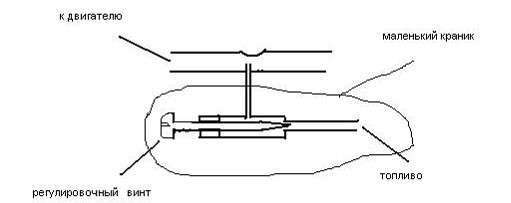
You can see how this ICE works in the following video:
Closed-type internal combustion engine
This do-it-yourself mini internal combustion engine runs on a small amount of liquid fuel (20 g). Fuel, exploding in the chamber, is instantly converted into gas and significantly increases in volume. As a result, excess pressure is created, pushing the piston and causing the crankshaft to rotate half a turn.
Then the same gas quickly transforms into a combustible liquid, decreasing in volume to its original state. As a result of this, reduced pressure is created, drawing the piston back, and the crankshaft again makes a half turn.
Thus, in the process of one revolution of the shaft, the piston makes two strokes.
The process is endless due to the constant transition of liquid to gas and vice versa. In such a closed system, both fuel injection and gas exhaust are absent. The engine consists of only three nodes:
The system is powered by a battery, and then you can use the generator. The motor needs 12 volts, 4 amps to power it.
This ICE can be created with various capacities, it is suitable for any type of transport moving on land and in the air. The only exceptions are jet aircraft.
The following video is a small desktop working model that demonstrates the effect of ICE:
In addition, from a conventional steam engine, you can also create a similar engine that operates on the principle of a closed type. In this case, steam and water will not be consumed, since water vapor also quickly turns into liquid and back into vapor as a result of passing it through the corona discharge field. In addition, if steam is passed through a flask with chilled water, then as a result there will be an additional thrust caused by a change in the volume of the medium and a pressure difference. This method will improve the low efficiency of steam engines in general.
Video on how to make a small internal combustion engine

